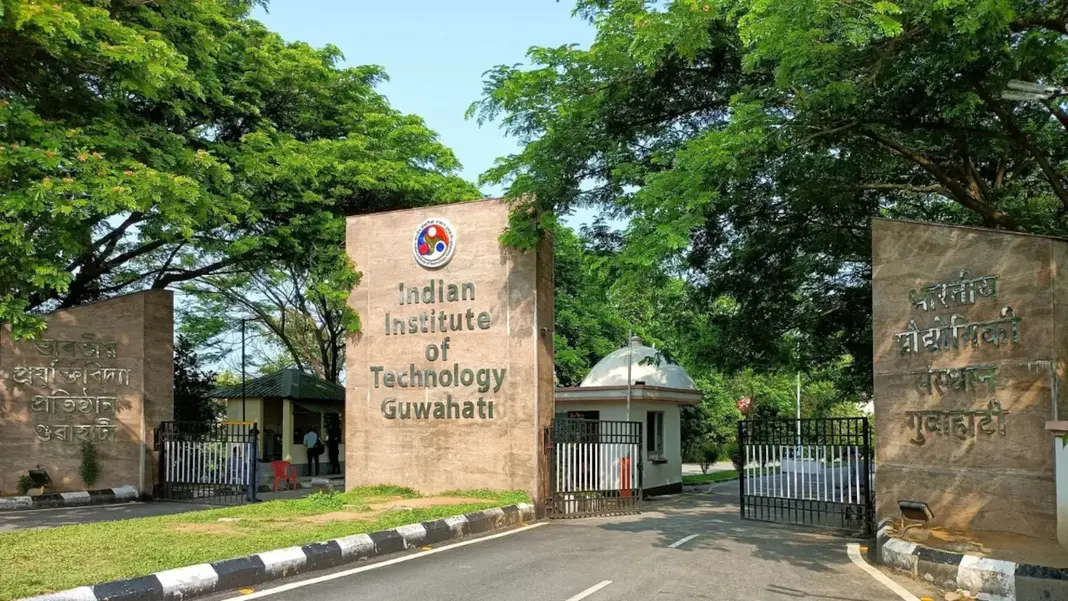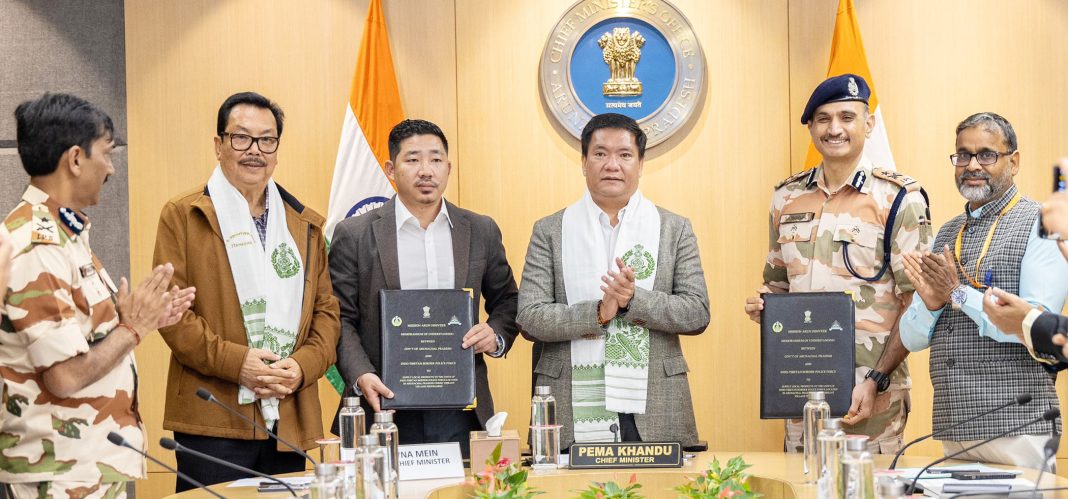New Delhi, Jan 28: Researchers at the Indian Institute of Technology (IIT), Guwahati have developed an innovative and cost-effective method to detect the presence of harmful metals in living cells and the environment.
According to officials, the innovation could revolutionise disease diagnostics and environmental monitoring by improving the detection and management of metal toxicity in biological systems.
The findings of the research have been published in leading journals — “Journal of Materials Chemistry C” and “Materials Today Chemistry”.
“Central to our research are perovskite nanocrystals, cutting-edge materials known for their exceptional properties, making them ideal for detecting metal ions. These nanocrystals, about one-lakh times smaller than a human hair, interact with light in significant ways, enabling them to serve as fluorescent probes inside living cells. “However, their quick degradation in water has previously limited their applications,” said Saikat Bhaumik, Assistant Professor, Department of Physics, IIT-Guwahati.
To address this, the researchers have encapsulated the perovskite nanocrystals in silica and polymer coatings, significantly enhancing their stability and luminescent intensity in water.
“This modification ensures that the nanocrystals maintain their functionality over extended periods, making them highly effective for practical use. The enhanced nanocrystals emit a bright green light under specific wavelengths, enabling precise detection of mercury ions, which are hazardous even in minute concentrations,” Bhaumik said.
He explained that mercury exposure, whether through contaminated food, water, inhalation or skin contact, poses severe health risks, including nervous-system damage, organ dysfunction and cognitive impairments.
“The team’s nanocrystals demonstrated remarkable sensitivity, detecting mercury levels as low as a few nanomolar concentrations. Moreover, when tested on live mammalian cells, the nanocrystals were found to be non-toxic, preserving cell function while effectively monitoring mercury ions.
“The potential applications of this research extend beyond mercury detection. These nanocrystals could play a pivotal role in identifying other toxic metals in biological systems and could also be adapted for drug delivery, enabling real-time monitoring of treatment efficacy,” Bhaumik said.(PTI)




